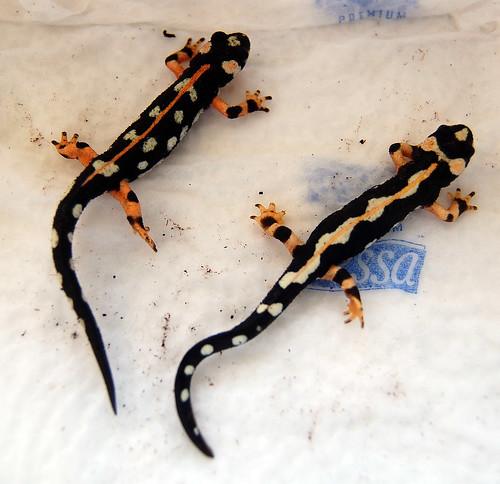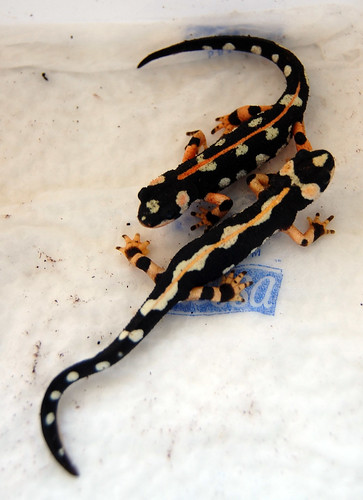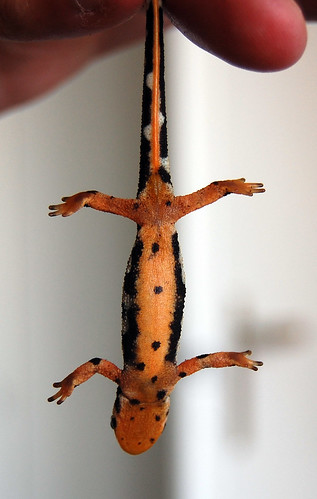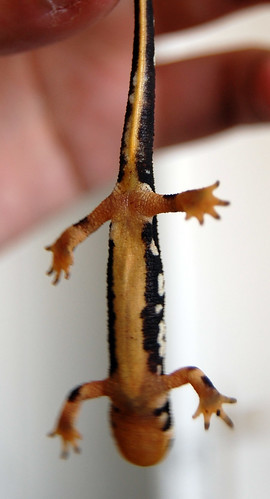coendeurloo
Member
- Joined
- Feb 9, 2006
- Messages
- 357
- Reaction score
- 14
- Points
- 18
- Age
- 42
- Location
- Scharendijke
- Country
- Netherlands
- Display Name
- Coen Deurloo
A good friend of mine brought his newts here so I could babysit them while he went on a vacation, among the species he brought was a Neurergus kaiseri group. They are about the same size, yet the difference in color pattern is striking.
On the left is one of my group, on the right that of my friend:


Belly of my N. kaiseri:

And that of the friends N. kaiseri:

On the left is one of my group, on the right that of my friend:


Belly of my N. kaiseri:

And that of the friends N. kaiseri:

